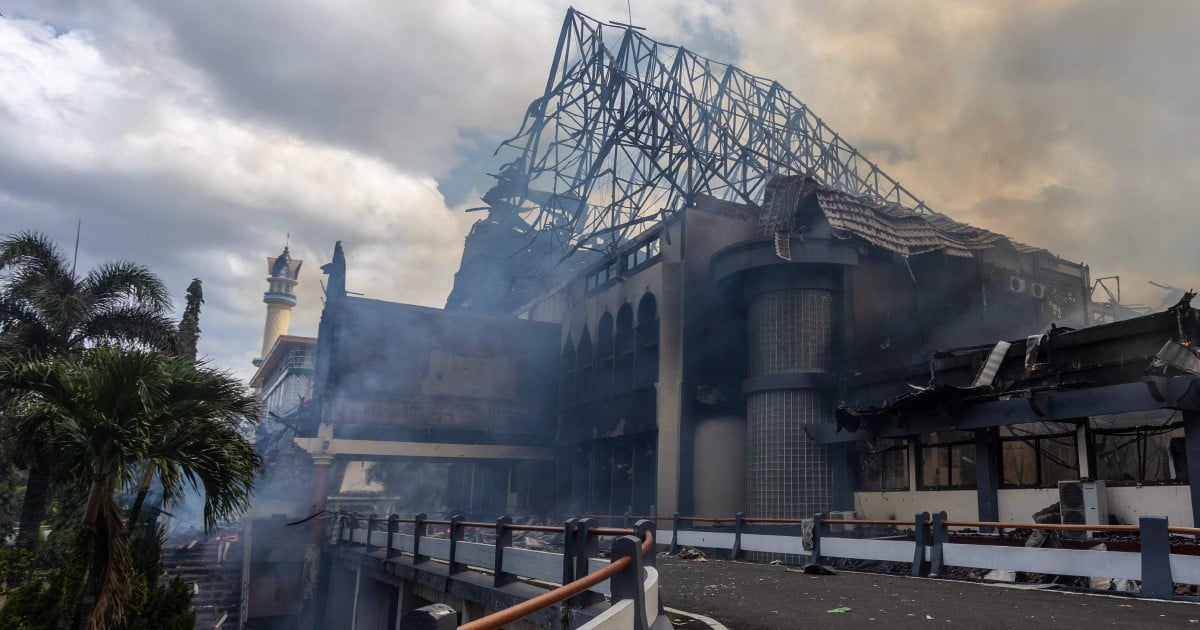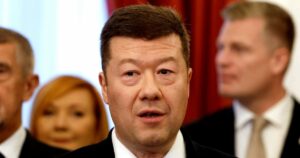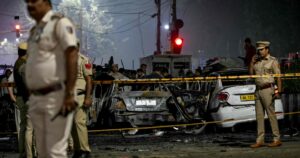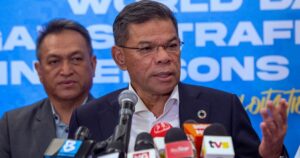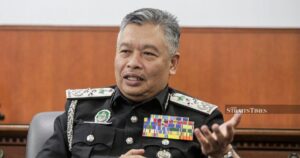JAKARTA: On Friday, Indonesia saw protests that turned violent in Jakarta and several other major cities, fuelled by anger over the rising cost of living and lavish allowances for lawmakers.
The unrest stemmed from months of growing frustration, with recent benefits for politicians seen as insensitive to the hardships ordinary people face.
Tensions spiked after a motorcycle rideshare driver was killed during police action at a protest site.
The demonstrations then spiralled into deadly riots, the worst the region has seen in decades.
Here’s a timeline of events:
Aug 25: Protests began in Jakarta and spread to Medan and other cities. Thousands of students, workers, and ride-hailing drivers demanded the rollback of new tax policies.
Anger centred on a proposed Rp 50 million (US$3,057) monthly housing allowance for parliament members — 10 times Jakarta’s minimum wage — on top of existing stipends.
The outrage was compounded by rising food and education costs, layoffs, and property tax hikes.
Demonstrations turned violent when police blocked access to the North Sumatra Regional House of Representatives. Protesters burned tyres and set up barricades, prompting riot police to respond.
Dozens were injured.
Aug 27: Students from Tanjungpura University stormed the West Kalimantan parliament building to protest lawmakers’ perks. Fifteen were arrested for alleged resistance and property damage but released two days later after pledging not to repeat their actions.
Aug 28: Thousands of students, labour groups, and activists clashed with police outside parliament in Jakarta. Labour groups, including the Coalition of Labor Unions and the Labor Party, demanded higher wages, an end to outsourcing, and tax reforms.
While the rally began peacefully, student protests escalated after attempts to climb the parliament fence.
Police used tear gas and water cannons, sparking clashes that spread to nearby shopping districts, expressways, and train lines, forcing the closure of Palmerah and Tanah Abang stations.
Police arrests, including one outside Plaza Senayan, drew public anger as bystanders intervened.
Protests also spread to Gorontalo, Surabaya, Sidoarjo, Mojokerto, Medan, and Banda Aceh, where labour groups demanded wage hikes, abolition of outsourcing, and action against layoffs.
Aug 29: Demonstrations erupted into deadly riots after a motorcycle rideshare driver was killed during police action.
Three others died in an arson attack on a local parliament building, bringing the death toll to at least five. Homes of politicians and state buildings were torched, while looters targeted businesses.
The violence rattled markets, sending stocks and the rupiah tumbling. That night, looters broke into a house owned by Finance Minister Sri Mulyani Indrawati outside Jakarta. She was not present.
Aug 30: Protests flared again in Jakarta, with clashes outside the Kwitang Mobile Brigade headquarters. Security forces used tear gas, rubber bullets, and live fire after cutting electricity in the area.
Demonstrations spread to Surabaya, Madiun, Cirebon, Mataram, Denpasar, Serang, Pekalongan, and Pontianak.
In Jakarta, rioters torched or vandalised bus stations and the Istora MRT, forcing Transjakarta to suspend services.
The city later announced free rides for a week during recovery. Crowds also targeted politicians’ homes: MP Ahmad Sahroni’s residence in Tanjung Priok was looted, with luxury cars vandalised and even a life-sized Iron Man statue taken.
Later, mobs looted MP Eko Patrio’s house in Setiabudi and celebrity Uya Kuya’s home in East Jakarta, stealing personal belongings and his pet cat.
The NasDem Party headquarters and tower were also besieged.
By nightfall, sweeping arrests took place in Kwitang amid viral videos of police beating protesters.
TVOne reporter Leo Chandra was assaulted and detained while broadcasting live.
That night, President Prabowo met leaders of 16 Islamic organisations, including Muhammadiyah and Nahdlatul Ulama, at his Hambalang residence.
Aug 31: President Prabowo Subianto announced that political parties had agreed to cut lawmakers’ benefits to calm unrest, Reuters reported.
He ordered security forces to act firmly against rioters, warning that some unrest bore “signs of terrorism and treason.”
That day, ministers and political leaders arrived at the palace in civilian-plated cars as a precaution, while the military guarded the palace, officials’ homes, and government buildings.
The disaster agency in Makassar confirmed five deaths, including the rideshare driver beaten to death by a mob who accused him of being an intelligence agent.
© New Straits Times Press (M) Bhd
